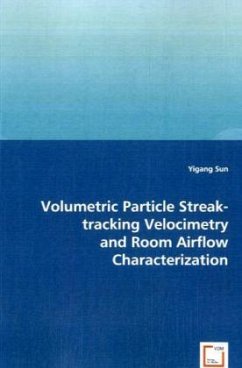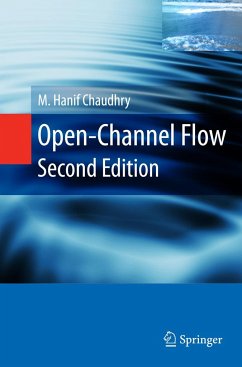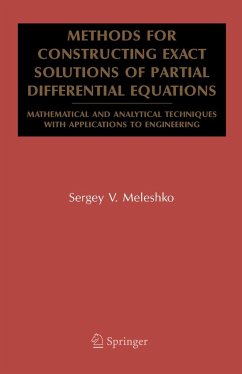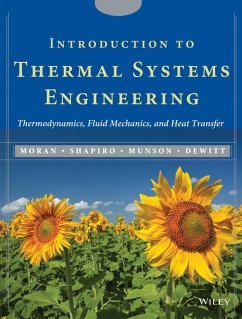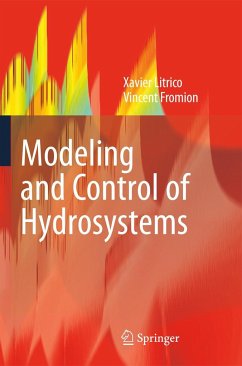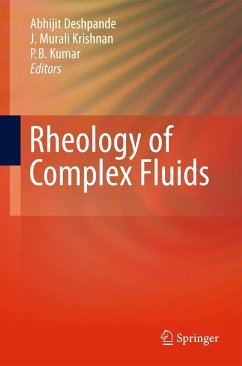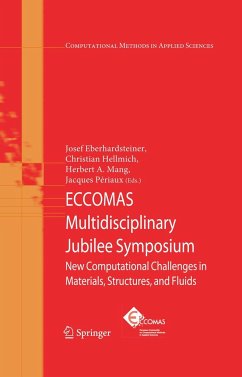
Particle Image Velocimetry Using Novel, Non-Intrusive Particle Seeding
Versandkostenfrei!
Versandfertig in über 4 Wochen
28,99 €
inkl. MwSt.
Weitere Ausgaben:

PAYBACK Punkte
14 °P sammeln!
The purpose of this research effort was to study the use of non-intrusive particle seeding for Particle Image Velocimetry (PIV). Current seeding material and techniques involve the use of either solid particles or liquid mixtures which can contaminate or damage closed circuit wind tunnels, and in some cases can introduce a potential fire or explosive hazard. The proposed method is based on creating seed particles utilizing carbon dioxide (CO2). The CO2 would be dispensed into the flow as a liquid, immediately condensing to solid seed particles as they leave the spray nozzle. The advantage of u...
The purpose of this research effort was to study the use of non-intrusive particle seeding for Particle Image Velocimetry (PIV). Current seeding material and techniques involve the use of either solid particles or liquid mixtures which can contaminate or damage closed circuit wind tunnels, and in some cases can introduce a potential fire or explosive hazard. The proposed method is based on creating seed particles utilizing carbon dioxide (CO2). The CO2 would be dispensed into the flow as a liquid, immediately condensing to solid seed particles as they leave the spray nozzle. The advantage of using these particles is that they will sublimate from their solid state to harmless CO2 gas that would neither contaminate nor damage the tunnel and would not present a combustion hazard. The goal of this research is to determine if this technique is capable of yielding suitable CO2 seed particles, in an attempt to be able to ensure their suitability for Particle Image Velocimetry (PIV). Particle sizing data was acquired for a small-scale low-speed flow, and a size range on the order of 10 m was a common result for a variety of different nozzle and flow conditions. It was determined that with little modification, a commercial CO2 cleaning device created enough suitably sized seed tracer particles to execute PIV measurements and a proof-of-concept was successfully demonstrated in a supersonic flow using this technique. This work has been selected by scholars as being culturally important, and is part of the knowledge base of civilization as we know it. This work was reproduced from the original artifact, and remains as true to the original work as possible. Therefore, you will see the original copyright references, library stamps (as most of these works have been housed in our most important libraries around the world), and other notations in the work. This work is in the public domain in the United States of America, and possibly other nations. Within the United States, you may freely copy and distribute this work, as no entity (individual or corporate) has a copyright on the body of the work. As a reproduction of a historical artifact, this work may contain missing or blurred pages, poor pictures, errant marks, etc. Scholars believe, and we concur, that this work is important enough to be preserved, reproduced, and made generally available to the public. We appreciate your support of the preservation process, and thank you for being an important part of keeping this knowledge alive and relevant.



